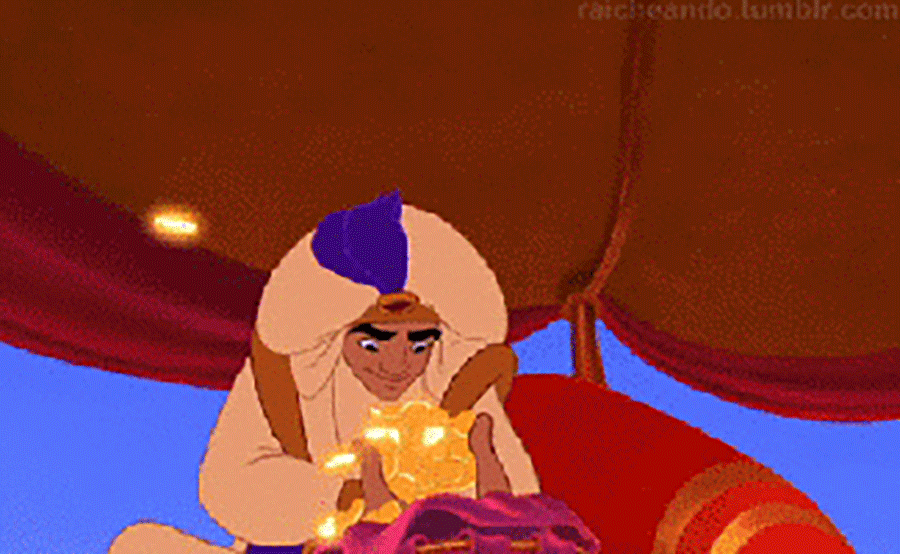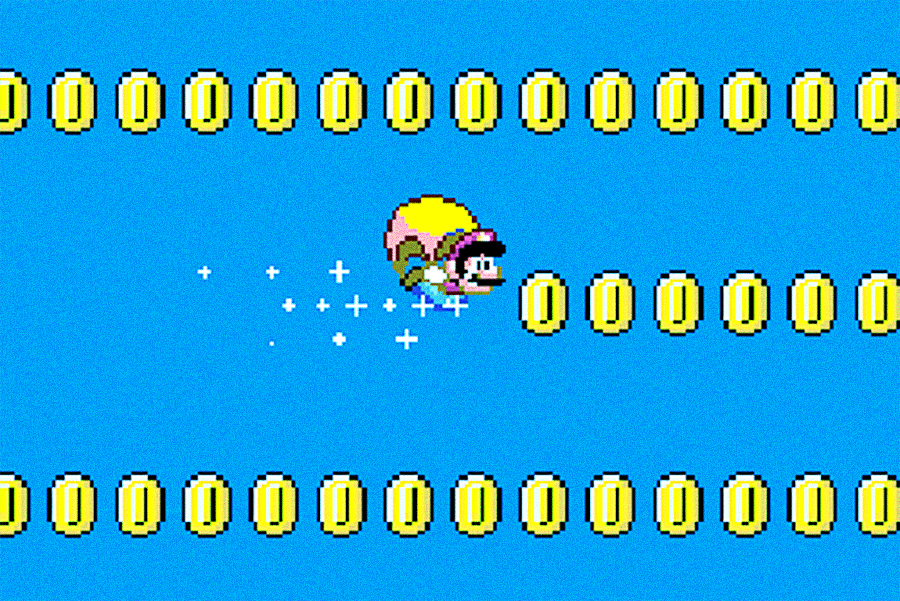This story originally ran in June 2017.
If you’d spent just $5 on Bitcoin 10 years ago, you’d be a multimillionaire today.
Yeah, this fact has left many people kicking themselves for having not invested in the cryptocurrency when it was still a nascent phenomenon. But the truth is, Bitcoin was still considered a passing fad in 2010, and you needed a considerable amount of faith and know-how to invest in it.
Cassidy, a 41-year-old legal professional living on the West Coast with his wife and daughter, was one of those fortunate dreamers. Since being introduced to Bitcoin in 2012, he has obtained more than 2,000 units of the currency, which were worth more than $5 million in 2017. As of 2021, they’d be worth $50 million.
As the pseudonym implies, Cassidy is a deeply private man who asked to remain anonymous to protect his investment. “Forgive my caution,” he says. “You may not realize, but [Bitcoin holders] are regularly targeted by identity thieves. I’ve had many people try to obtain my phone number in an attempt to socially engineer my phone company into transferring my number to an account of their holding.”
But he did confirm his Bitcoin holdings to me. Prior to our interview, Cassidy recorded a video of himself pulling up our email exchange, and then opening his Blockchain account to reveal the number of coins he owns and their USD equivalent.
In a phone interview, Cassidy explained to MEL how he obtained his riches.
* * * * *

I first learned of Bitcoin in late 2012 while discussing psychedelic drugs in an internet relay chat room. I was trying to procure some chemical compounds, and a person in the chatroom mentioned there was this online bazaar where I could buy practically anything. It could only be accessed through the Tor network, and people paid in this digital currency called Bitcoin. That bazaar, by the way, was the now-infamous Silk Road.
I was looking for what I call “research compounds,” psychedelic drugs that exist in a kind of legal gray area. Specifically, I wanted 25C and 25B — synthetic “designer drugs” that mimic the effects of LSD and other hallucinogens — for self-improvement purposes. There’s tons of research about the amazing mental health benefits of psychedelics, although you don’t hear much about it — it’s still a taboo topic in our society.
The compounds weren’t illegal at the time per se, so I was hoping to find a seller who would accept Visa, PayPal or some other vanilla form of payment. Bitcoin, however, piqued my curiosity.
I started researching how it worked and how to get them. Nothing crazy at first, just general Google searches. Then I read the Bitcoin white paper, “Bitcoin: A Peer-to-Peer Electronic Cash System,” and that’s when I really got excited. The white paper seems just as profound today as it did when I first read. It’s a work of intense intellectual beauty.
Despite being in the legal industry, I’ve always had an interest and talent in technology. I’ve built my own computers, installed Linux on them and taught myself enough HTML to put together a crappy, but somewhat usable, website. Until the white paper, however, I’d always thought of digital files as something that can be copied and redistributed. I never thought there was a way to prevent duplication, like with Bitcoin.
Intrigued, I decided to play around with Bitcoin a little. My first experiment was to try to actually obtain some Bitcoin and make a purchase with it. Buying Bitcoin was an overly difficult process at the time. I had to go to a wire service — one of those places that say “WE CASH CHECKS” — and send money to Bitinstant, a company that processes Bitcoin transactions. I received an email linking me to their site, where I had to log in, retrieve the Bitcoin and transfer it to a Bitcoin wallet.
The fees for these third-party services were high, and I only bought about $100 worth of Bitcoin at the time.
But Bitcoin was cheap back then (like $10 apiece), and I was finally able to buy those psychedelics! Taking them was life-altering. I had several deep, spiritual experiences with friends, family and loved ones, all of them in safe environments. I became one with the earth, connected to all organic things, in mesh with the network of life. I had one dissociative experience where I met a god of the universe. It was around that time that I started to fear death less and become a more empathetic person.
Anyway, I started to get more into Bitcoin on a technological level. The white paper is illustrative, but I wanted to see the gears behind the system, which meant learning cryptography, distributed systems and peer-to-peer networks. It wasn’t until after six months of research that I actually understood how it all worked. That’s also when I got into mining.
[Note: There are a finite number of Bitcoins in existence: 21 million, and only 16.4 million of them are currently in circulation. The other 4.6 million are still waiting to be “mined.” It’s a complicated process, but it essentially involves using your computer to process highly complex Bitcoin transactions known as “blocks.” People who successfully process these transactions receive 12.5 Bitcoin in return. The more computer processing power a person has, the more effectively they can mine. But mining them gets progressively harder with each block, while the reward gets smaller and smaller.]
I started mining on my desktop, just to see if I could. I got fractions of a Bitcoin, which was at about $15. It was rare to “win” a block unless you were operating a full mining farm of graphics processing units (GPUs), which have far more processing power than your standard central processing unit.
So I built a mining farm in our garage. I filled it with servers and eight GPUs, and had them mining Bitcoin 24/7. The farm cost me only $3,000, but the electric bill was astronomical — between $800 and $1,500 depending on the time of year. Between that and all the noise and heat they created, my wife wasn’t happy. But it made sense: I was making more than I was spending on electricity.
In 2013, Bitcoin boomed, with prices hitting a record high of $1,242 per coin, a 100-fold increase from the start of the year. But the boom attracted more miners, which made the process harder and meant less Bitcoin per block.
Eventually, I had to stop because life got in the way: We got a new house, and my mining farm didn’t survive the move. Bitcoin did buy us the house, though. I cashed out about 300 coins when the market was at about $900 per coin — or $270,000 worth — and put that money toward the new property. My wife wasn’t so upset after that.
By then, I was already a millionaire. I mined for only a little more than year, but obtained thousands of Bitcoin. When I started it was around $10 to $15. By the time I ended, it was more than $1,000 per coin. I was astonished — I got into mining to make money, but I had no idea it would be this big. I thought I could maybe make 20 grand.
There were, however, a couple times when the price was in free fall. The price per coin fell to around $420 in April 2014, and it was about $230 for much of 2015.
I obviously had a lot of doubts those two years. But I managed to keep the faith. I had cashed out those 300 coins at the right time, and my wife and I were still working our day jobs, earning decent salaries. Plus, I knew the price would rebound.
That faith has paid off. The price is around $2,500 per coin and looks like it will exceed $3,000 sometime in the next few months. Even now, it’s high enough that I could sell all my Bitcoin and just live off interest for the rest of my days. But I have no plans to do that. I’m what people in the Bitcoin community call a “holder.” Besides, I think Bitcoin will hit $20,000 per coin in 10 years.
So why would I sell an appreciating asset? That wouldn’t be very smart at all.
[Note: As of January 2021, Bitcoin is worth around $30,000 — more than 10 times its value in 2017.]
